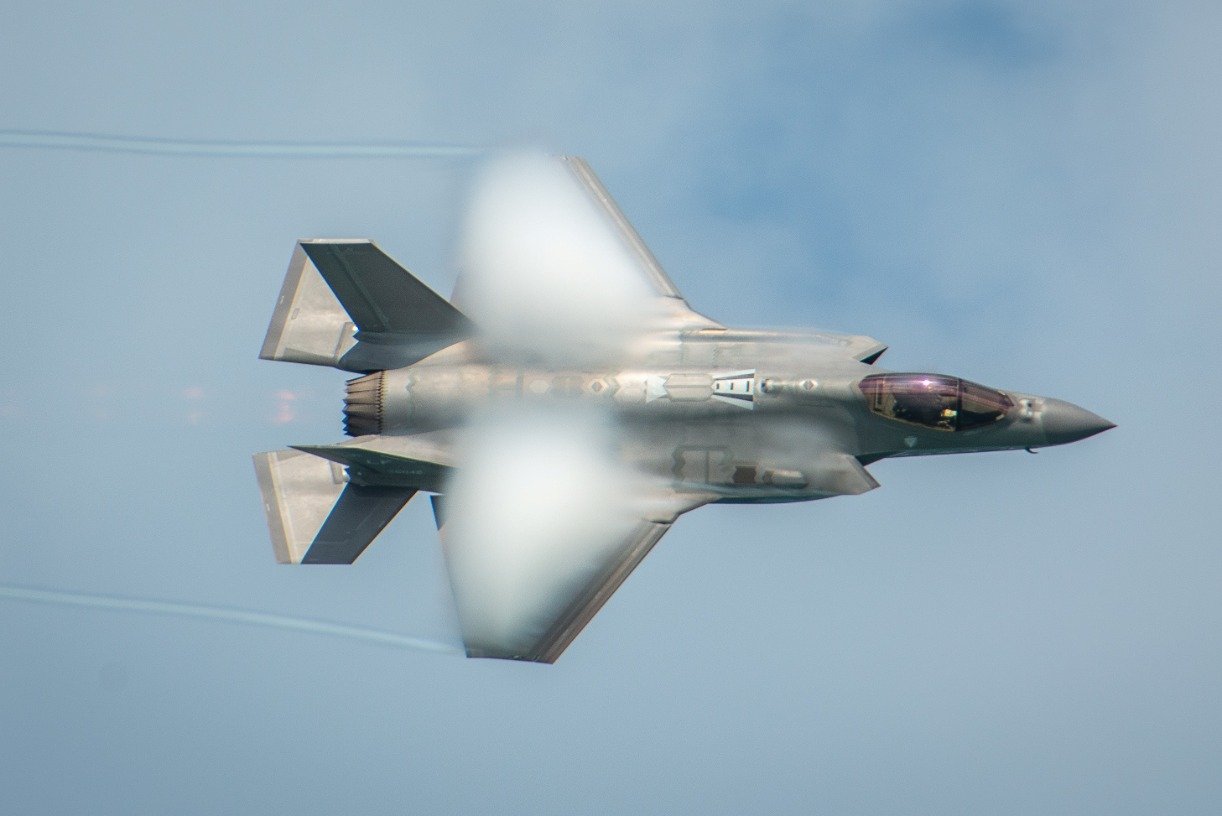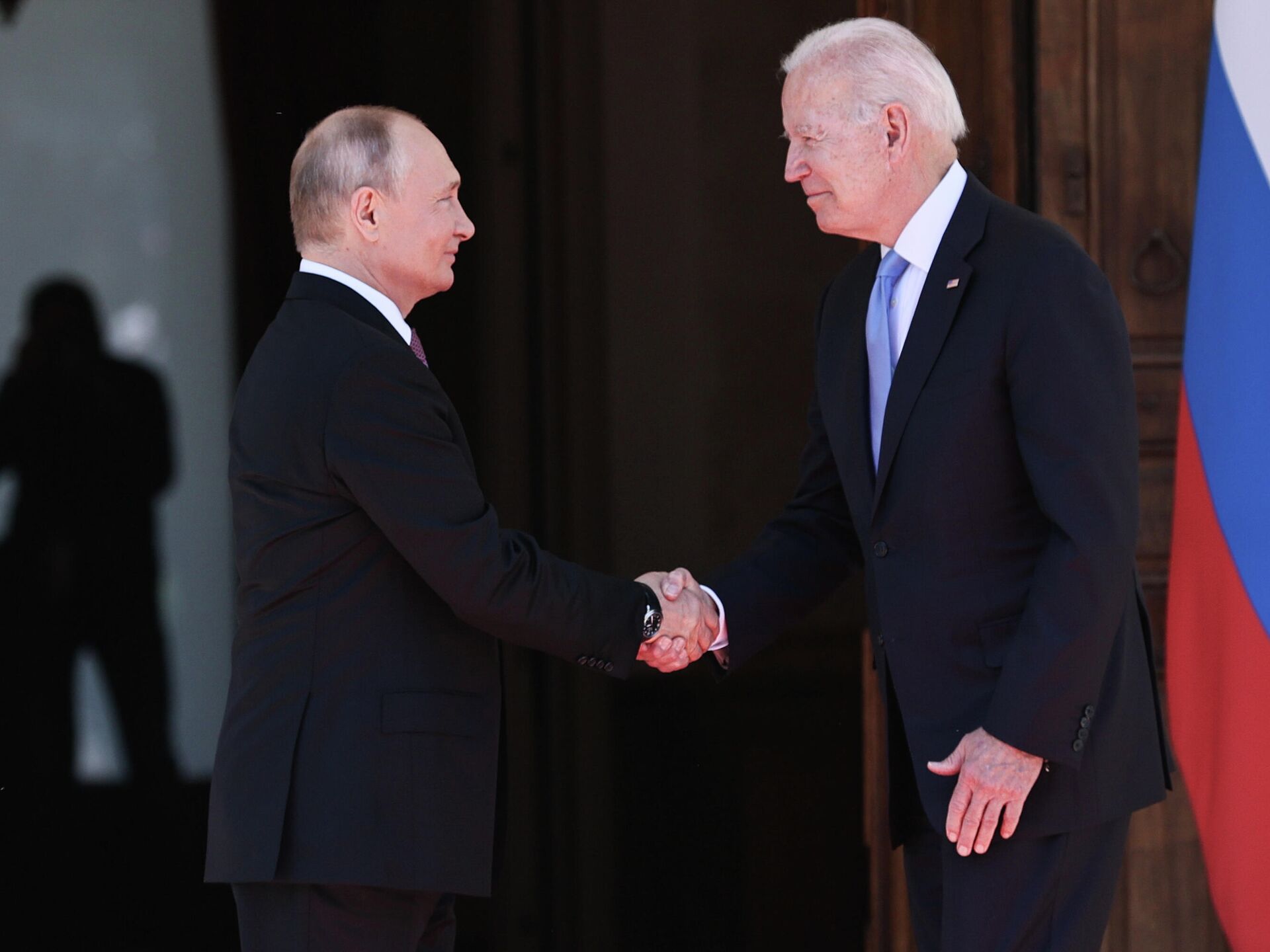
Mark Adomanis
Contributor, "Forbes"
In the course of making an argument about the coming collapse of China and Russia, Jackson Diehl made a rather forceful statement about Russia’s "deindustrialiation” under the malignant influence of Vladimir Putin. I don’t want to get pulled into a larger discussion about the accuracy of Diehl’s thesis, needless to say I’m skeptical that both China and Russia will collapse in the near future, but I did want to focus in on his comment on the supposed death of industrial Russia (emphasis added):
For Russia, the dilemma is summed up in the prices of oil and gas, and the role those two commodities have come to play during the Putin era. When Putin first took office in 1999, oil and gas earned less than half of Russia’s export revenue. Now that share is more than two-thirds. In part this increase is due to rising prices and production, but Russia has also deindustrialized under Putin. According to a report in Business New Europe, this year the country gave up the effort to maintain its own auto industry, and stopped producing the Lada sedan. The company that manufactures the iconic AK-47 rifle went bankrupt, largely because of its failure to develop a more modern version of the Kalashnikov. And a new civilian passenger jet promoted by Putin as an answer to Boeing and Airbus flew into a mountainside during one of its first demonstration flights, killing the deputy transport minister of Indonesia and forty-four others and throwing its future into question.
This is a pretty damning indictment, but is it true?
Here’s, from FRED, is a graph of Russian industrial production since 1994:
I chose 1994 because the figures from 1992-93 tend to be inaccurately inflated by the inclusion of worthless and non-competitive Soviet production that was only possible with absurd state subsidies (once the subsidies were removed, the production promptly ceased). Soviet industrial production really was worthless, made up of goods that no one wanted produced so inefficiently that many enterprises were negative value-added. That is to say many Soviet industrial firms were so poorly run that their businesses processes actually substracted value from their raw inputs. However, regardless of which year you use as the starting point, even if you take the inflated numbers of the immediate post-Soviet years, the upward trend since the 1998 debt default is impossible to miss.
Other data sources also suggest that Russian industry has not withered on the vine under Putin’s rapacious and incompetent rule. Here’s a graph from a recent EBRD report:
Services grew sharply during the 1990′s as you would expect since the Soviet command economy actively suppressed most service industries and consistently over-promoted heavy industry. However the change since 2002 has not exactly been overwhelming – manufacturing’s share of the economy has fluctated within a very narrow range.
But hey, maybe the EBRD is full of Putin-lovers. As yet more confirmation that Russian industry isn’t dead yet, here’s a graph of World Bank data on the percentage of GDP that comes from manufacturing value added:
And here is UN data on the share of manufacturing in Russia’s gross value added, a different formula that gives broadly the same result:
While I suppose its sad that the Lada is no more*, there’s a lot more going on than Diehl’s doom and gloom. Inded there are shiny new factories producing Fords, Toyotas, and Nissans outside of Saint Petersburg. By Diehl’s standards (he cites the fate of three companies to prove deindustrialization) that ought to mean that Russia is undergoing some sort of dramatic industrial renaissance.
You can accurately blame Vladimir Putin for quite a lot of things, but I don’t think you can blame him for the "deindustrialization” of Russia because no such de-industrialization appears to have taken place. Should Russia do a better job of fostering "innovation?” Sure. Does the economic model of the early Putin years need to be modified? Absolutely. Is the Russian economy ultra-competitive? Not at all. But it simply isn’t the case that Russia is now a giant wasteland of shuttered factories, a place where "they don’t build things anymore.” As shown by statistics from a wide range of respected international institutions, Russian industrial production has basically been increasing about as fast as the rest of the economy. It’s quite possible, indeed it’s very likely, that a better-run economic policy would have fostered more industrial growth, but Russian industry actually seems to be doing OK.
* it’s actually not sad since it was an awful car that everyone hated. Also is it really a bad thing for Russia to bring in foreign expertise and capital?






_jpg/250px-ElbeDay1945_(NARA_ww2-121).jpg)









